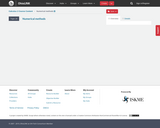
333 Results

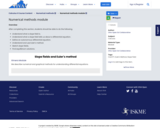
After completing this section, students should be able to do the following.Understand what a slope field is.Understand what a slope field tells us about a differential equation.Define an autonomous differential equation.Understand and use Euler’s method.Sketch slope fields.Find equilibrium solutions.
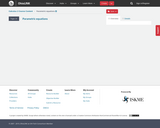
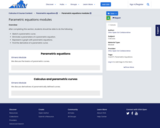
After completing this section, students should be able to do the following.Sketch a parametric curve.Eliminate a parameters of a parametric equation.Represent a graph with parametric equations.Find the derivative of a parametric curve.
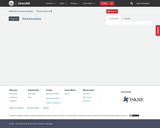
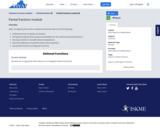
After completing this section, students should be able to do the following.Understand how to break up fractions.Recognize integrals that are good candidates for the method of partial fractions.Use long-division to simplify rational expressions.Find the coefficients of partial fraction decomposition.Use partial fractions to integrate functions.
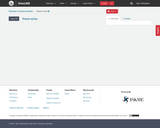
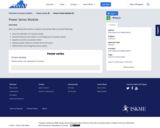
After completing this section, students should be able to do the following.Give the definition of a power series.Find the interval and radius of convergence of a power series.Express functions as power series.Express power series as closed-form functions.Differentiate and integrate power series.
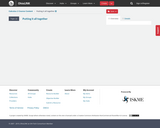

The various concepts associated with sequences and series are reviewed.All of the series convergence tests we have used require that the underlying sequence (an)(an) be a positive sequence. We can actually relax this and state that there must be an N>0N>0 such that an>0an>0 for all n>Nn>N; that is, (an)(an) is positive for all but a finite number of values of nn. We’ve also stated this by saying that the tail of the sequence must have positive terms. In this section we explore series whose summation includes negative terms.


After completing this section, students should be able to do the following.Use the ratio test to determine if a series diverges or converges.Use the root test to determine if a series diverges or converges.Determine when to use the ratio or root test.
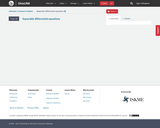
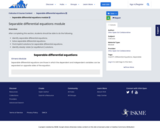
After completing this section, students should be able to do the following.Identify separable differential equations.Solve separable differential equations.Find implicit solutions for separable differential equations.Identify steady-state (or equilibrium) solutions.
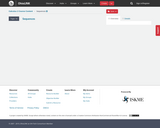
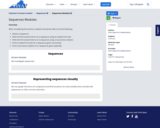
After completing this section, students should be able to do the following.Define a sequence.Write the first several terms of a sequence using an explicit formula.Write the first several terms of a sequence using a recurrence relation.Find an explicit formula for a sequence given recursively.Find a recurrence relation for a sequence given explicitly.
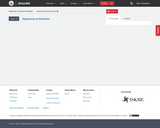
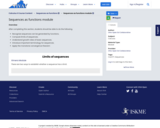
After completing this section, students should be able to do the following.Recognize sequences can be generated by functions.Compute limits of sequences.Understand growth rates of basic sequences.Introduce important terminology for sequences.Apply the monotone convergence theorem
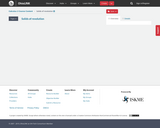
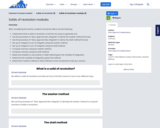
After completing this section, students should be able to do the following.Understand what a solid of revolution is and the two ways to generate one.Use the procedure of “Slice, Approximate, Integrate” to derive the washer method formula.Use the procedure of “Slice, Approximate, Integrate” to derive the shell method formula.Set up an integral or sum of integrals using the washer method.Set up an integral or sum of integrals using the shell method.Compute volumes using the washer method.Compute volumes using the shell method.Determine whether to use washer or shell method given the variable of integration.Determine the variable of integration given the method.Determine if washer method or shell method is more convenient to set up a volume.